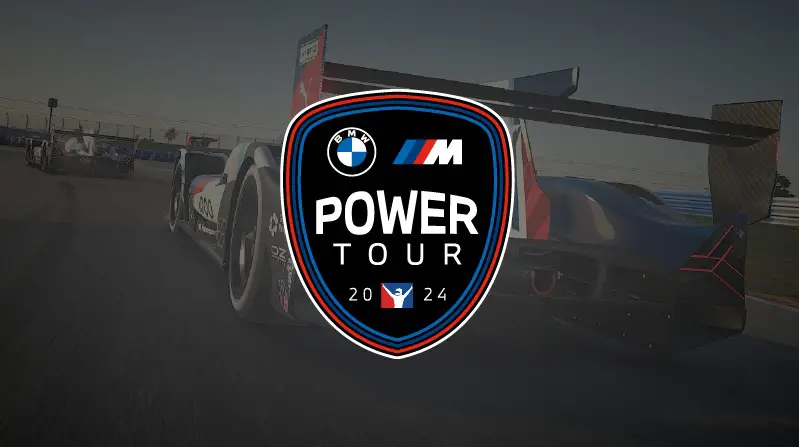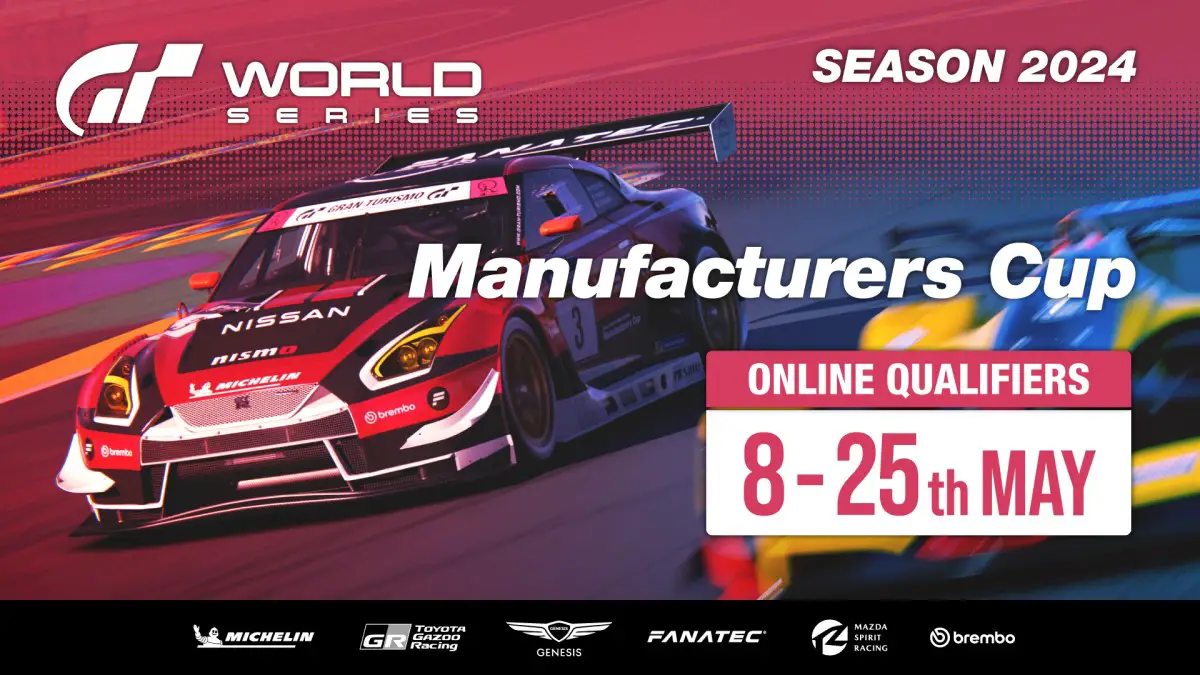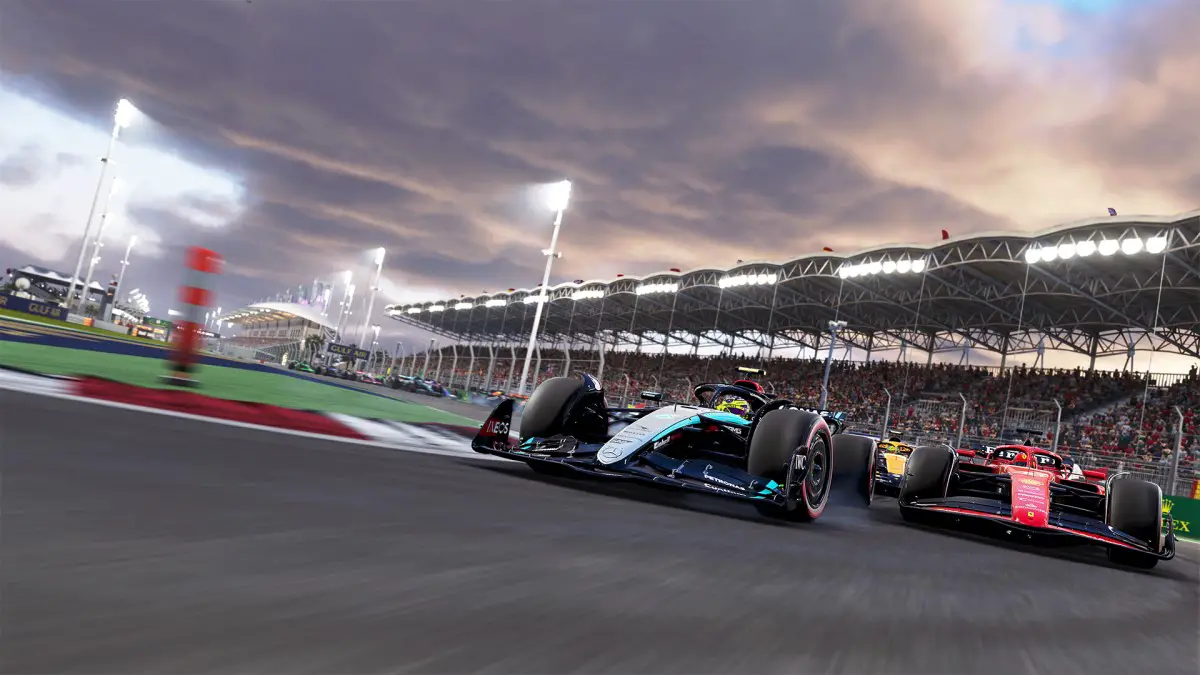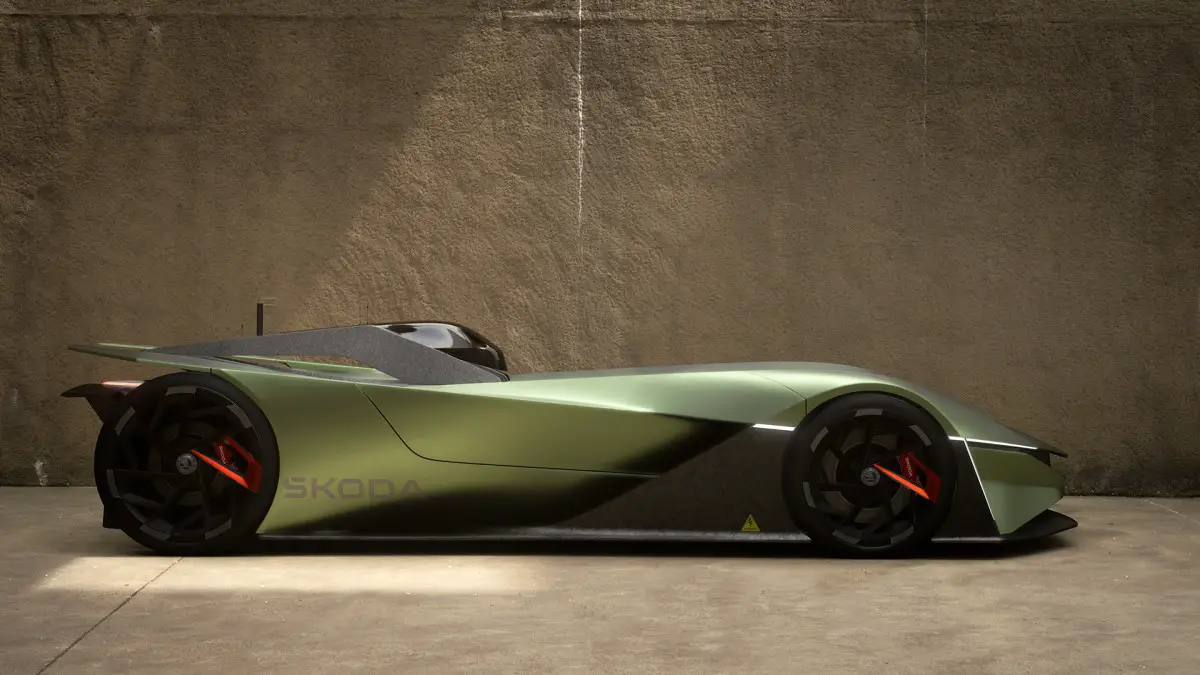
Many people know what racing games are, but sim racing is on another level, here is how you can get started and what it is all about.
Sim racing is a virtual racing experience that replicates many known aspects of the motorsport and racing world, here we have some great gaming titles within the genre and how you can get started.
Sim racing allows individuals to experience the thrill of high-speed racing without the associated risks and costs. Advanced simulators often incorporate realistic physics, accurate car models, and lifelike tracks, providing an immersive experience for racing enthusiasts. Many professional racing drivers use simulators to train and refine their skills, making it an integral part of their preparation for real-world racing events.
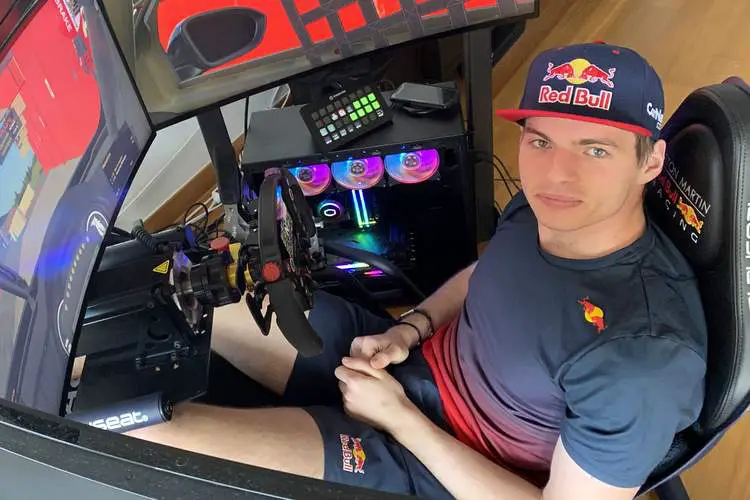
Popular racing game titles
- iRacing: Known for its realistic physics, dynamic track surfaces, and competitive online racing. iRacing focuses on delivering a realistic racing experience and hosts official series and special events.
- rFactor 2: A highly customizable racing simulator that emphasizes realistic physics and dynamic track surfaces. It provides modding support and features a variety of racing disciplines.
- Assetto Corsa: Notable for its realistic driving mechanics and high-quality car models. Assetto Corsa offers a wide range of cars and tracks, with an emphasis on providing a realistic driving experience.
- Project Cars 2: This game features a diverse selection of cars and tracks and provides a realistic driving experience with dynamic weather and day-night cycles.
- RaceRoom Racing Experience: Known for its high-quality graphics and immersive sound design. RaceRoom Racing Experience offers a variety of cars and tracks, including numerous licensed racing series.
- Automobilista 2: It offers a wide range of racing disciplines and provides an immersive racing experience with realistic physics and dynamic track conditions.
- Gran Turismo 7: Offers a wide selection of meticulously modeled cars from various manufacturers, as well as an array of real-world and fictional tracks

What do you need to get into sim racing?
- Gaming PC or Console: The cost can range from a few hundred to a few thousand dollars depending on the specifications you desire. A powerful processor, a dedicated graphics card, and sufficient RAM are necessary for a smooth sim racing experience.
- Racing Wheel/Pedals or controller: Entry-level racing wheels can cost around $100, while high-end options with force feedback and advanced features can range from $300 to $1,000 or more.
- Gaming Seat or Cockpit: Basic racing seats can cost around $200, while more advanced simulator cockpits can range from $500 to several thousand dollars, depending on their features and build quality.
- Display and VR Equipment: The cost of a monitor or VR headset for a more immersive experience can range from a few hundred to a few thousand dollars.
- Sim Racing Games and Subscriptions: While some sim racing games have a one-time purchase price, others require a subscription fee. Costs can range from $20 to $60 for a single game or a monthly subscription fee for certain platforms.
- Additional Accessories: Optional accessories such as shifter units, handbrakes, and other simulation equipment can add to the overall cost.
Sim racing techniques and how to understand them
- Sim Racing Basics: This includes understanding essential racing terms such as understeer, oversteer, apex, and racing flags. It covers the importance of maintaining a proper racing line, the significance of consistent braking points, and the basics of vehicle control and stability.
- Advanced Racing Techniques: This involves a thorough examination of more advanced driving techniques, including mastering heel-and-toe downshifting, understanding weight transfer during cornering, and the impact of various suspension setups on overall vehicle dynamics. It also covers advanced braking techniques like left-foot braking and trail braking for achieving faster lap times.
- Racecraft and Strategy: This entails a deep exploration of race strategy development, including race start techniques, effective defensive driving strategies, and the art of managing tire degradation during long-distance races. It also covers the psychology of overtaking maneuvers, the importance of situational awareness, and effective race management strategies to optimize pit stop timings and fuel consumption.
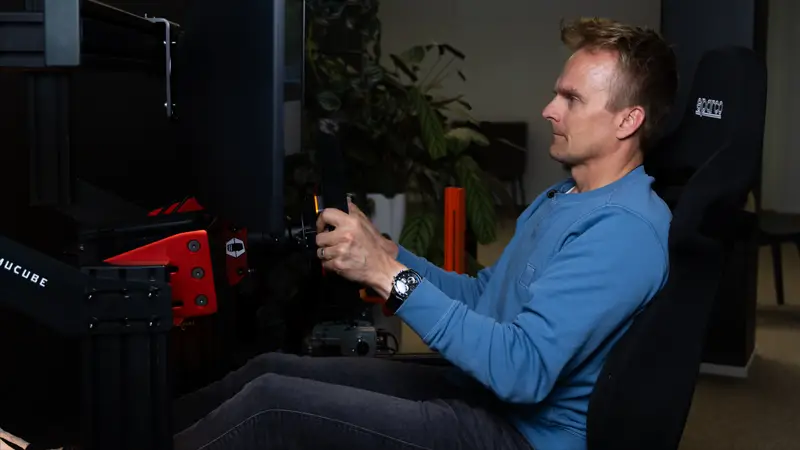
Is sim racing like real motorsport racing?
Sim racing has made significant strides in replicating the experience of real-world racing, and the gap between simulation and reality has narrowed considerably, especially with the advancements in technology and software development. While sim racing provides an immersive and authentic experience, there are still some notable differences between simulated racing and real-world racing:
- Physics and Dynamics: Sim racing software has become highly sophisticated in simulating vehicle physics and dynamics, including factors such as tire behavior, suspension movement, and aerodynamics. While these simulations can closely mimic real-world characteristics, they might not fully capture the nuances of physical sensations experienced in a real racing car, such as G-forces, vibration feedback, and the sense of speed.
- Force Feedback and Feedback Sensations: Although force feedback technology in sim racing has improved significantly, it may not perfectly replicate the sensations felt through a physical steering wheel in a real car. Simulated force feedback aims to convey information about the road surface, tire grip, and vehicle dynamics, but it might not convey the full range of sensations experienced in actual racing conditions.
- Visual and Sensory Perception: While modern sim racing setups can provide high-resolution graphics and even support virtual reality for an immersive visual experience, they may not fully replicate the depth perception, peripheral vision, and other sensory cues that are crucial for real-world racing. Factors such as the glare of sunlight, changing light conditions, and the impact of weather on visibility might not be fully captured in the simulated environment.
- Emotional and Psychological Elements: Sim racing can’t replicate the emotional and psychological factors that come into play during real racing scenarios. The adrenaline rush, the pressure of competing against other drivers in a physical environment, and the psychological impact of risk and danger are elements that are difficult to simulate accurately.
- Physical Sensations and Fatigue: Sim racing doesn’t replicate the physical demands and stresses that real-world racing places on a driver’s body. Factors such as physical fatigue, heat stress, and the endurance required for long-distance races are not directly experienced in simulated environments.
Despite these differences, sim racing has become an essential tool for training professional and amateur racing drivers, providing a cost-effective and safe platform for honing driving skills and familiarizing oneself with various tracks and racing conditions. It also serves as an accessible and entertaining way for racing enthusiasts to experience the excitement and challenges of motorsports from the comfort of their homes.
Conclusion
Sim racing can be an enjoyable and accessible activity for a wide range of people, from casual gaming enthusiasts to dedicated motorsport fans. However, whether it’s suitable for everyone depends on individual interests, preferences, and access to the necessary equipment and resources.




